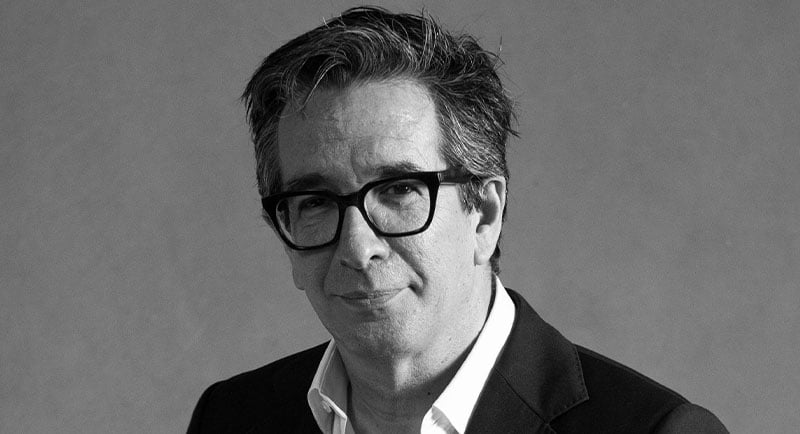For several decades, advertisers have demonstrated their fear of missing out (FOMO) on the lowest media rates through media auditing and media trading exercises when pitching. But now it seems a new fear has crept into the media buying relationship: FOFO – fear of finding out.
Almost from the time procurement turned their attention to media trading, bringing with it their commodity trading mindset, marketers have been fearful that their agency is not buying media as cheaply as their competitors are buying. This gave rise to the media auditor, who regularly checks that the media rates the agency is buying against a pool of other media rates. It also gave rise to the media trading exercise during the pitch process, where media agencies were given several trading scenarios they would need to commit to a rate position on.
Both strategies were designed to alleviate the marketers’ FOMO that someone else was getting a better rate on media. Both were incredibly time or cost-consuming or, likely, both. At best it was a waste of time and effort, while at worst it drove agency behaviour that was counter-intuitive to effective media planning and buying.
But at the recent ANA Media Conference last month in Orlando, Florida, a new fear was articulated to the marketing, procurement, and agency audience: Fear of Finding out. FOFO.
A concept, I suspect, that more than a few Australian marketers may be suffering from.
Since the heyday of media auditing, much has changed. Instead of trading becoming more transparent following the realisations in 2015 that it wasn’t, it has become more opaque and murkier. Kickbacks, arbitrage, brand safety, and ad fraud all continue to plague the media landscape and the relationships between marketer, their agency, and the media.
Take programmatic media as a high-profile example. Successive industry reports commissioned by the ANA in the US and ISBA in the UK point to a lack of transparency in the media supply chain with estimates of 20% and much higher being unaccounted for along the way.
Couple this with concerns over ad fraud and the continued influence of bad actors gaming the media supply chain to literally steal billions of dollars from advertisers’ media budgets. Of course, some in programmatic media will point out that a percentage of this is IVT (invalid traffic). But how much is and are the advertisers paying for it? If so, it is still fraud, but the latter due to apathy or ignorance.
And this is the problem. Caveat emptor – let the buyer beware – is the principle that the buyer alone is responsible for checking the quality and suitability of goods being purchased, and does not appear to be the case when it comes to media. Where is the advertiser in all of this?
This is where FOFO has come to the fore in discussions on media trading. While there is much industry talk about addressing the issues, there has been little action, until now.
It is not surprising when you think about it. What marketer wants to raise their hand and tell their CFO or CEO that they have just discovered that perhaps a third, or even half, their media spend resulted in no-one seeing it? Possibly not a great career move.
Besides, the media agency will reassure you that they are doing everything to make sure this is not happening to your media investment, and then show you the numerous brand safety reports and ad fraud reports that you are paying for to justify it.
But where that dynamic has changed is with those marketers with the ability to take their programmatic media planning and buying in-house. Suddenly they have not just the access, but the incentive to address the issues that have plagued them for years and have felt trapped in being able to address. Damned if they do and damned if they don’t.
Suddenly their in-house media efforts are delivering significant improvements in transparency, delivery, and effectiveness. What better way to justify the investment of taking control of their media buy than providing proof of improved efficacy? And more importantly, return to a work of FOMO rather than potentially career-ending FOFO.
See Also: Woolley Marketing: Is the customer a moron?
–
Darren Woolley is Global CEO of TrinityP3, Australia’s largest and most influential independent marketing / pitch consultancy and is well known to the advertising industry. Founded more than 20 years ago, TrinityP3 has a significant presence in Australia, where it leads the pitch process for many of the country’s leading advertising accounts as well as having offices in London, New York, and Zurich.
 Darren Woolley
Darren Woolley

